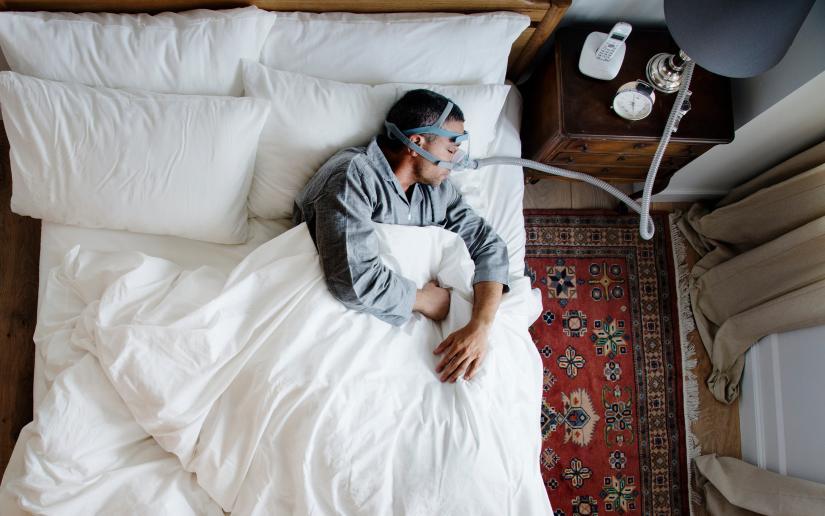CPAP study found no adverse impacts on respiratory system
UTS researchers dispel doubts on safety of continuous positive airway pressure (CPAP) therapy on the respiratory system in new study.

Image: Adobe Stock
Continuous positive airway pressure (CPAP) therapy is a common treatment used for people with sleep apnea. This therapy works by increasing airway pressure, preventing the collapse of soft tissues, which causes health issues like snoring and interrupted breathing.
A recent study by researchers from the University of Technology Sydney have confirmed the safety of CPAP therapy, using a computational model of the full respiratory tract. The study, ‘Airway stability in sleep apnea: Assessing continuous positive airway pressure efficiency’, addressed ongoing concerns about damage to lung tissues from the use of a CPAP machine.
Senior Lecturer of Mechanical Engineering, Dr Suvash Saha, confirms that while CPAP therapy does increase airway pressure to prevent blockage during sleep, it does not affect airflow velocity or cause levels of stress on lung tissues.
“Unlike previous studies that have focused primarily on the nasal cavity or specific sections of the respiratory system, our study has used advanced computational fluid dynamics to understand how CPAP therapy affects different parts of the respiratory system, from the nose down the smallest airways in the lungs,” said Dr Saha.
Our study helps dispel doubts about the safety of CPAP therapy by systematically analysing various parameters like airway pressure, airflow velocity, and shear stress. This contributes to a better understanding of how CPAP supports the airway without causing additional strain or damage.
Senior Lecturer of Mechanical Engineering, Dr Suvash Saha
Further research is being conducted in the use of CPAP as a safe approach to improving lung growth and breathing for premature children.
The full study by Suvash C. Saha, Xinlei Huang, Isabella Francis and Goutam Saha can be found in the journal Respiratory Physiology & Neurobiology.
